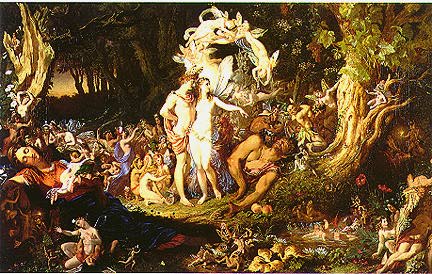
• What do you notice first about this image and why?
The first thing I notice is the shape m that the forest takes and what happened to it in one of its corners.
• What emotions are present?
An emotion present in the image is fear of losing the rest of the forest and sadness because of the situation that apparently seems unremediable.
• What is the situation? What is happening?
The lung-shaped forest is beggining to decay in its base. This lung represents the Earth's resource of pure air and how it is decreasing.
• What is the setting (place and time)?
The setting is a forrest in an extended terrain at daylight when its the top hour of oxygen production by plants.
• Does the picture contain any repetition, framing, or balancing (colours signaling something in particular)?
The contrast of colours is very interesting, the whole plain is green, but in a certain part of the forest it becomes brown, like burned. This technique is used to give strenght to the idea of destruction.
• What message or theme does the picture seem to convey? What aspects of the picture make you think this? Is it supposed to speak for or against an issue?
The message this picture want to give us is of warning, to stop throwing wastes to the air and also to ourselves, to quit smoking and expelling gases because its nor just our problem and we can finishwith our lives too.
The
photograph will always exemplify or emphasize a point related to the
options. Think about why the photograph was chosen and how it relates to
an English B option, in this case science and technology. Ask
yourself: "Why did the photographer take this picture?"











